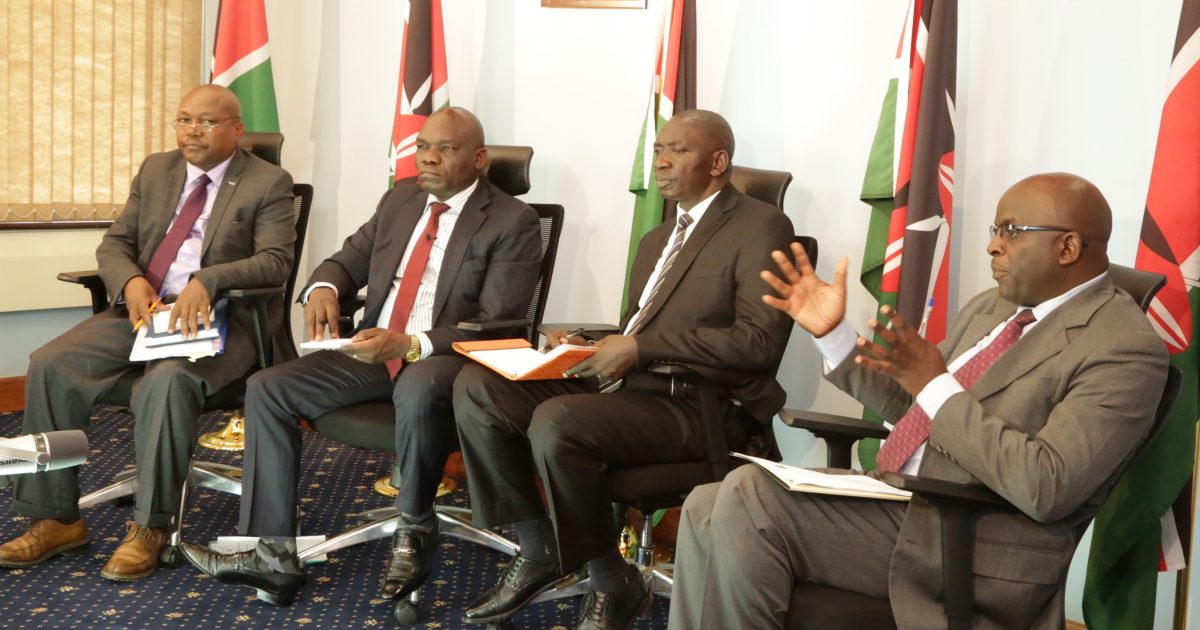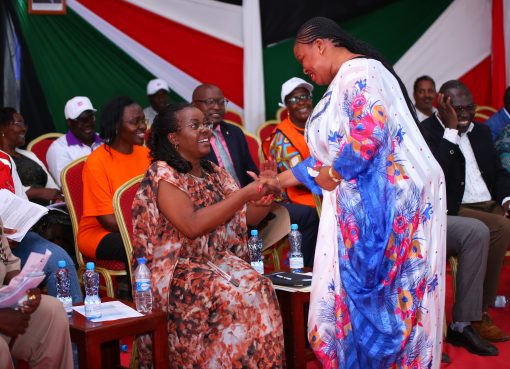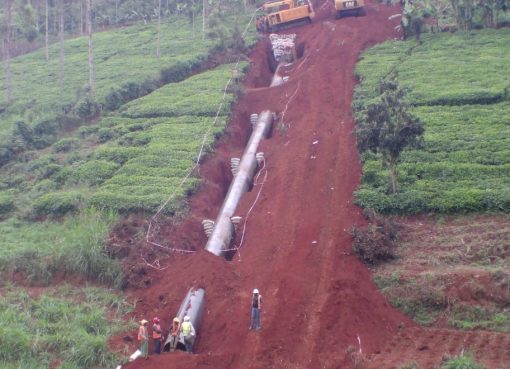The government is encouraging young people to embrace aquaculture and farming programmes being introduced in learning institutions to enable them venture into agribusiness in future.
State Department for Fisheries and Blue Economy Principal Secretary Dr. Francis Owino said promotion of Recirculation of Aquaculture System (RAS) and installation of RAS units in institutions of higher learning in the 47 counties aims at engaging the youth at an early stage so that they can develop interest in agricultural programmes.

“The Ministry of Agriculture is developing projects and programmes that identify with the youth. This will enable them to identify their areas of interest where they can receive training from agricultural experts,” said Dr. Owino.
He said fish farming is the new frontier, where young people can venture and earn a living by taking advantage of the opportunities offered by the sub sector, noting that currently the fish consumption demand for the country stands at 450,000 metric tons against a production of 149.7 metric ton, signifying a deficit of 300.3 metric tons.
Dr. Owino, who is also the Ag. PS, State Department for Crop Development and Agricultural Research added that the fisheries and blue economy sub sector which contributes about 0.6 per cent of Kenya’s Gross Domestic Product supports over 2 million people directly and indirectly along the various fish value chains.
The PS who was speaking during the SemaNaSpox virtual weekly session on the status of food security at Media Centre, Telposta Towers Monday said in a bid to increase aquaculture fish production from 12, 356 metric tons to 61, 033 metric tons, the government has rolled out the aquaculture business development project in 15 high potential counties targeting 30,000 households.
Counties benefiting from the project include Kakemega, Homa Bay, Migori, Nyeri, Kirinyaga, Meru, Busia, Siaya, Kisumu, Kisii, Tharaka Nithi, Embu, Kiambu, Machakos and Kajiado.
“We are also promoting sea-weed farming in Kwale County where we have trained a total of 250 farmers and supplied them with value addition equipment to produce soap and beauty products,” said Owino.
The PS said the government has also put in place strategies to address the deficit of production in marine and inland fishing through the enforcement of Fisheries Management and Development Act, development of fishing ports and handling and processing facilities at Liwatoni Fishing Port, which has also an operational cold storage.
“The Liwatoni Tuna Fish Processing Hub construction is still in progress, plans are also underway to construct fishing ports in Kwale and Lamu,” he added.
The PS said the government is supporting development of aquaculture fish value addition and marketing outlets in various counties, besides operationalising three quality laboratories in Nairobi, Mombasa and Kisumu in a bid to reduce post-harvest loses in fisheries and fishery products from 25 per cent to 15 per cent this year.
Regarding the national food security in the country, Dr. Owino said the situation has remained stable over several parts of the country except in 23 Arid and Semi-Arid Land counties, where 2.8 needy households continue to rely on food aid support due to prolonged drought.
“The government with support from other stakeholders has been distributing food, water, constructing boreholes, undertaking school feeding programmes and livestock offtake as well as social protection cash transfers for targeted households,” stated the PS.
In his remarks, the Government Spokesperson Col. (Rtd.) Cyrus Oguna urged farmers to purchase subsidised fertilisers from certified shops, noting that various counties were benefiting from good quality seeds and fingerlings offered by the government
He said the government is concerned over the escalating food prices and has put in place various interventions to ensure that food prices do not rise.
“The food situation has been caused by a combination of factors including the prolonged drought due to failed rainfall for four seasons, Covid-19 pandemic which has caused disruption to livelihoods and locust invasion which caused a lot of damage,” he said.
By Bernadette Khaduli




